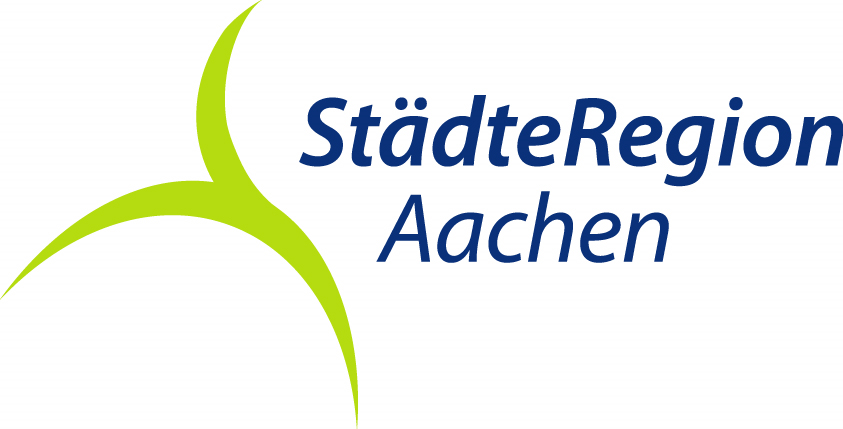Iterbachtour - Sahneschnittchen zum Wandern
When Benedict of Aniane was commissioned by the emperor in 814 to select an area for the foundation of a monastery, he chose a real gem: The area around Kornelimünster at the confluence of the Inde and Iter rivers offered an attractive basis for securing the abbey's future income. The area was rich in forests, usable watercourses and ore deposits. Conveniently, the Romans had already taken advantage of all this, cultivated the landscape and laid out an early network of paths.
Today, the Itertal valley is a real gem for hiking and nature. On idyllic paths, we discover the free-flowing stream, walk across lush meadows and through the bushes. From the valley heights, we enjoy the far-reaching views over the gently undulating pasture and hedgerow landscape of the Münsterland and pass the outskirts of Walheim.
The quiet, secluded nature reserve hardly suggests that the hammers were pounding here in the days of early industrialization. When the Eifel iron industry developed into the cradle of industrialization, an ironworks and a hammer mill were also built in the Itertal valley in the 1780s. Shovels, plows, pots, furnaces and rollers were produced away from the settlements. The basics were available locally: the iron ore came from a neighboring mine, charcoal from the surrounding forests fired the blast furnace and the Iter operated the mill wheel with hammer, which shaped the iron plates into sheet metal. At 10 meters high, the Schmithof blast furnace was the highest and most productive far and wide. The ensemble of buildings of the ironworks further up the stream has been preserved to this day. We pass the hammer mill on our hike, buildings no longer exist, but the wet depression "Die Pletsch" suggests a former mill pond.
There are other mill sites along the way. At the little bridge at the start of the hike, where the Iter flows into the Inde, there was a gold mill where people are said to have tried their hand at panning for gold. High up at 22 meters, a Vennbahn viaduct has spanned the Iterbach since 1885.
A little further upstream, the buildings of the Königsmühle mill have been preserved. Its water wheels moved millstones instead of hammers. It was first documented in 1525 and operated as an oil mill until 1928.
Highlights along the route
1 Kornelimünster, historic town center, former imperial abbey, provost church of St. Kornelius
2 Vennbahn Iterbach viaduct
3 Itertal nature reserve
4 Königsmühle mill




















